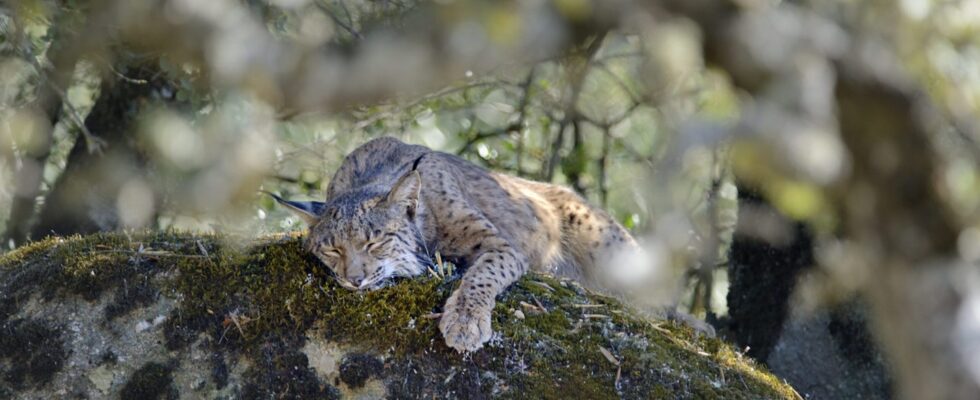– Climate and nature are inextricably linked in many ways. A very large part of our CO2 emissions comes from the destruction of forests and other carbon-rich natural areas. So stopping the destruction of nature will also have a very positive effect in terms of reducing CO2 emissions, and by restoring nature we can also absorb CO2, and it is far cheaper than mechanical carbon storage, he says. Humans have put the climate, nature and animals under pressure. It is no coincidence that we are in the middle of a climate crisis and that biological diversity is threatened at the same time – it is connected. – Climate negotiations have not played a particularly large role in relation to the fact that a large part of biological diversity is in decline – until now. In connection with the climate crisis accelerating and nature becoming more and more vulnerable, climate change will have an even greater negative impact on biological diversity. Not so long ago, researchers from Aarhus University published a study which points out that it is not dramatic climate changes between the ice ages that have caused many large mammals to become extinct over time. It is, in turn, the people’s fault. We have hunted and eaten animals such as mammoths, mastodons and giant sloths, which no longer exist today. – That is also what we see today, says Jacob Fjalland. The animal groups that have declined the most are the animals that live around fresh water. It is because we have destroyed or drained swamps and marshes, leveled rivers and so on. By far, far most of the destruction of nature and the decline of species is man-made. More money and interaction with nature But let’s get back to successful nature conservation. What does it take for things to go well when we try to correct the decline of nature? This suggests that we are getting better and better at nature conservation and restoration – partly because we can learn from our mistakes. Jacob Fjalland also points out that our view of nature conservation has changed. – If we look at how nature conservation has taken place over the last 50-60 years, a lot has happened. People have gone from focusing on creating national parks and putting up fences to a much higher degree of looking at it holistically, and seeing it as an interaction between nature and people, he says and mentions, among other things, corridors across agricultural land, which provide animals the opportunity to move freely between different natural areas. He says that nature conservation is far more effective when local people are involved and have ownership over the projects. This applies, among other things, when working with nature conservation in indigenous areas, where they retain the right to their own land. This is where you see the healthiest nature and the highest biological diversity, according to Jacob Fjalland. – Local ownership is very important. This applies both to indigenous areas, places with a poor economy, but also in Denmark. In places where the projects have not gone well, there has not been a proper process and it ends up with conflict instead of finding the best solution for everyone, he says. Another thing that can cause projects to fail is a lack of funding. – There is clearly a funding gap, says Jacob Fjalland. At the major meeting on biological diversity in Montreal, COP15, in 2022, it was decided that the world’s countries should make room for 30 percent of protected nature on land and 30 percent at sea by 2030. But there is a lot of money needed for that to succeed – 700 billion dollars a year. – Several hundreds of billions are therefore needed for nature conservation in order for us to break the downward curve in biological diversity on a global level. That money will come from many different sources, both businesses, private funds and the public sector, says Jacob Fjalland. And adds: – We know what needs to be done, and we can do what needs to be done. But what we do today is not on a large enough scale. But what we do, it works. In that way, there is reason to be optimistic.
ttn-70
The lynx is saved and the otters thrive: it works when the world comes together for nature restoration

